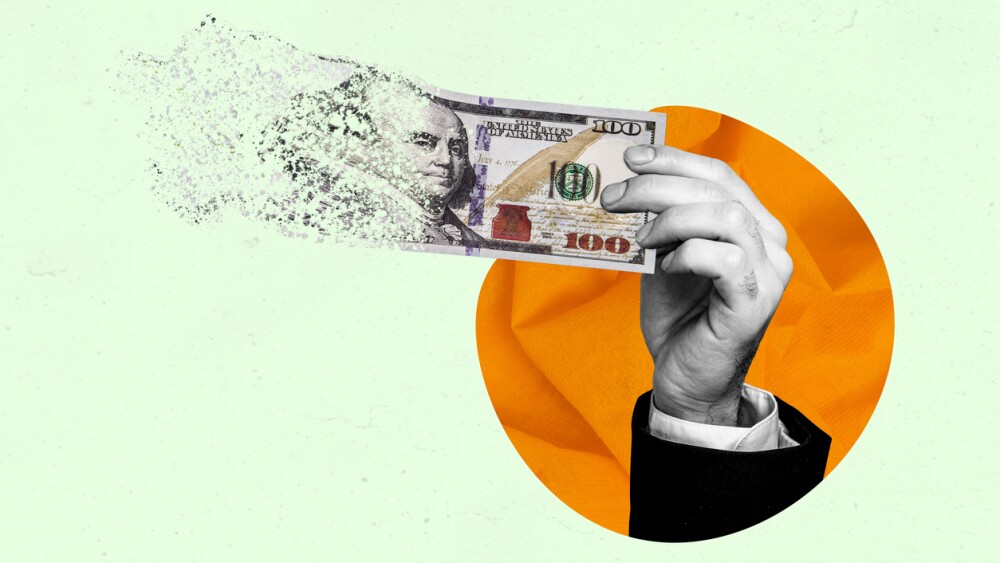When you think about it, most small biotech companies are odd investments.
When you think about it, most small biotech companies are odd investments. They rarely have a product to sell, so they make no money. They are typically high-risk with any possibility of a sale or drug approval being a gamble, at best. Jim Crumly, writing for The Motley Fool, looks at three small biotech companies that have different business models, ones that have them actually selling a product and making a profit.
Headquartered in Menlo Park, Calif., Corcept was founded in 1998 and focuses on therapeutics related to diseases involving cortisol. The U.S. Food and Drug Administration (FDA) approved its Korlym (mifepristone) in 2012 for the treatment of hyperglycemia secondary to hypercortisolism in adults with endogenous Cushing’s syndrome who have type 2 diabetes or glucose intolerance and have failed surgery or are not candidates for surgery. It is also being evaluated in clinical trials related to prostate, breast and ovarian cancer.
In August, the company reported its second-quarter financials, citing quarterly revenue of $35.6 million, up from $19.7 million in the same quarter in 2016. Improved sales are related to physician awareness of the drug and improved screening methods.
The company is running Phase II trials of a new version of Korlym that have less affinity for progesterone receptors, which would allow it to expand to more Cushing’s patients and other indications.
Crumly writes, “Corcept Therapeutics has been one of the best-performing biotech stocks of the year, but at a recent price of about $18, it sells for a not-outrageous 28 times analyst estimates for next year’s earnings compared with a forward P/E of 19 for the S&P 500. The stock has risk because the company is placing all of its bets on a single physiological mechanism, and its drug’s potential in diseases beyond Cushing’s is far from proven. But the growing profits from Korlym and the resulting financial strength of the company mitigate the risk considerably.”
Based in Baudette, Minn., ANI, Crumly writes, “takes most of the risks and uncertainties out of developing new, cutting-edge drugs. It specializes in difficult drug-manufacturing processes that it uses for its large portfolio of acquired and developed drugs, or contracts out to other drugmakers that don’t want to invest in those capabilities. ANI’s strategy is to focus on drugs that have limited competition, or where there’s a high barrier to entry keeping new companies out of the market.”
The company manufactures and markets 30 drugs and last quarter created $44.8 million in revenue, an increase of 43 percent from the same quarter the year before. About 70 percent of its revenue comes from generic drugs, with branded products about 26 percent. The last 4 percent comes from contract manufacturing. It usually acquires its drugs for an upfront payment and a small sales royalty.
One potential problem for the company is its debt level, which is currently $154 million against only $8 million in cash. That’s because it’s invests heavily in drugs. Its pipeline is made up of 71 generic drugs that have a potential market of $2.1 billion and five branded drugs with an addressable market of $1.6 billion. So even though revenue has gone up, it’s paying for it. Shares are currently trading around $59, which is at a below-market multiple of approximately 13 times its 2018 estimated earnings.
Located in San Diego, Ligand focuses on developing or acquiring the technologies used by other pharma companies to discover and develop drugs. This results in a diversified portfolio of biotech and pharmaceutical product revenue streams. It typically gets royalties from its partnerships.
The company has 160 programs underway with 100 partners. It has deals on 17 approved drugs that it receives royalties for in a broad variety of indications, including oncology, osteoporosis, fungal infections, and low blood platelets. Its developmental pipeline has drugs for seemingly everything—seizures, coma, cancer, diabetes, cardiovascular disease, muscle wasting, liver disease, kidney diseases and others.
Crumly writes, “An attractive feature of Ligand’s business model is that royalty income has a gross margin of essentially 100 percent: With its high operating leverage, new royalty streams drop straight to the bottom line. Even better, most of its contracts have clauses that increase royalty percentages as sales volumes of the underlying drugs go up, creating an accelerating effect. In recent years, not only have the sales of partnered drugs accelerated, but the average royalty percentage on those sales has increased.”
Shares are trading these days for about $144, or about 37 times analyst estimates for this year’s earnings.





